Home>Gardening & Outdoor>Landscaping Ideas>What To Do With Lemongrass
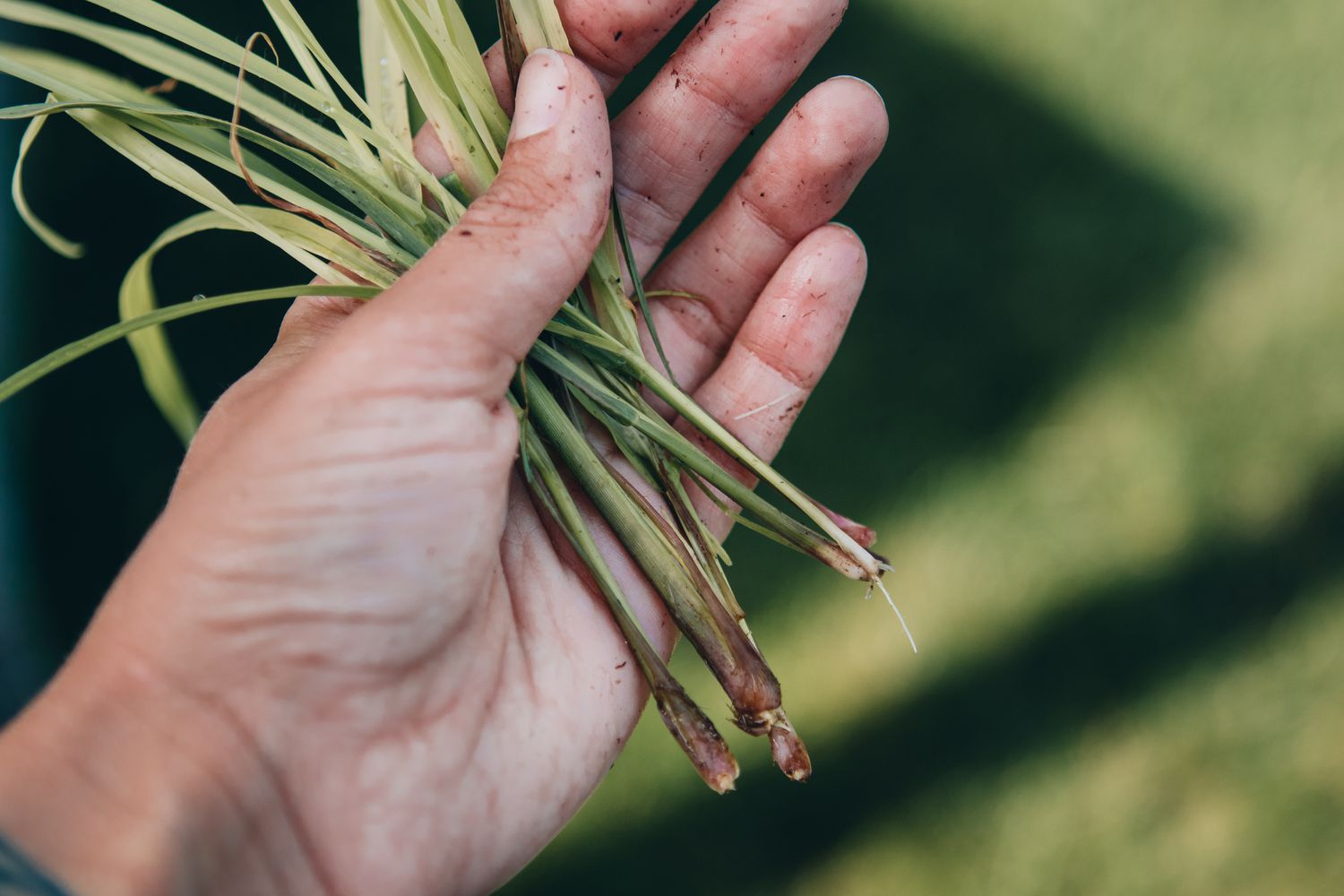

Landscaping Ideas
What To Do With Lemongrass
Modified: February 18, 2024
Discover creative landscaping ideas for incorporating lemongrass into your outdoor space. Learn how to cultivate and utilize this fragrant herb to enhance your garden.
(Many of the links in this article redirect to a specific reviewed product. Your purchase of these products through affiliate links helps to generate commission for Storables.com, at no extra cost. Learn more)
Introduction
Lemongrass, with its refreshing citrus scent and versatile uses, is a delightful addition to any garden and kitchen. Whether you are an avid gardener, a culinary enthusiast, or a wellness advocate, lemongrass offers a myriad of benefits that are worth exploring. In this article, we will delve into the various facets of lemongrass, from its origins and uses to cultivation and culinary applications. By the end, you will have a comprehensive understanding of this aromatic and beneficial plant, as well as practical insights on how to make the most of it in your daily life.
So, sit back, relax, and let's embark on a journey to discover the wonders of lemongrass. Whether you are a seasoned gardener seeking to expand your repertoire of plants or a home cook eager to experiment with new flavors, lemongrass has something unique to offer. Let's explore the captivating world of lemongrass together.
Key Takeaways:
- Lemongrass is a versatile herb with a refreshing citrus flavor, perfect for infusing broths, marinades, and teas, and offering digestive and stress-relief benefits.
- Growing lemongrass at home is rewarding, requiring ample sunlight and well-draining soil. Harvest and store the aromatic stalks for use in culinary and wellness pursuits.
Read more: What Is Lemongrass For
What is Lemongrass?
Lemongrass, scientifically known as Cymbopogon, is a tropical plant native to regions such as Southeast Asia, India, and Australia. This perennial grass, with its tall, slender stalks and graceful blades, belongs to the grass family, Poaceae. It is renowned for its distinct lemony flavor and aroma, which are attributed to the presence of citral, a compound also found in lemon peel.
With its vibrant green hue and a hint of purple at the base, lemongrass adds a touch of elegance to any garden. Culturally, lemongrass has been cherished for centuries for its culinary, medicinal, and ornamental value. It is a staple ingredient in many Asian cuisines, imparting a zesty and refreshing essence to dishes. Additionally, lemongrass is esteemed for its various health benefits, and its essential oils are used in aromatherapy and wellness practices.
From a botanical perspective, lemongrass is a clump-forming grass that thrives in warm, humid climates. It requires well-drained soil and plenty of sunlight to flourish. The leaves of lemongrass are long and slender, resembling those of the common grass, but with a delightful twist – a lemony aroma that enlivens the senses.
One of the most intriguing aspects of lemongrass is its versatility. It can be used fresh, dried, or powdered, and its essential oils are extracted for various applications. Whether you seek to elevate your culinary creations with its bright flavor, harness its medicinal properties, or simply enjoy its aesthetic appeal in your garden, lemongrass has something unique to offer to everyone.
Now that we have acquainted ourselves with the essence of lemongrass, let’s delve deeper into its diverse uses and the myriad benefits it brings to our lives.
Culinary Uses
Lemongrass, with its vibrant flavor and aromatic charm, is a prized ingredient in a wide array of culinary traditions. Its citrusy notes and subtle hint of ginger make it a versatile addition to both savory and sweet dishes. Here are some delightful culinary uses of lemongrass:
- Infusing Flavor: Lemongrass is often used to infuse broths, soups, and curries with its refreshing citrus essence. Simply bruise the stalks to release their essential oils and add them to your cooking to impart a delightful lemony flavor.
- Marinades and Dressings: The tender inner part of lemongrass stalks, once finely chopped or pounded, can be added to marinades and salad dressings to lend a bright and aromatic touch to your dishes.
- Stir-fries and Curries: Finely sliced or minced lemongrass adds a unique depth of flavor to stir-fries, curries, and noodle dishes. It pairs exceptionally well with coconut milk, ginger, garlic, and chilies, creating a harmonious blend of savory and citrusy notes.
- Beverages and Desserts: Lemongrass can be used to infuse teas, lemonades, and cocktails, imparting a refreshing and uplifting aroma. In desserts, such as custards, sorbets, and cakes, it adds a subtle citrusy note that complements other flavors beautifully.
When using lemongrass in cooking, it is important to prepare it properly to extract its full flavor. Start by removing the tough outer layers and using the tender, pale lower portion of the stalk. This part can be finely sliced, minced, or pounded to release its aromatic oils, enhancing the overall flavor profile of your dishes.
From the fragrant broths of Thai Tom Yum soup to the aromatic lemongrass-infused beverages of Southeast Asia, this versatile herb has made its mark on the global culinary stage. Its ability to brighten and enliven dishes with its citrusy charm has earned it a revered place in kitchens around the world.
Next, let’s explore the medicinal uses of lemongrass and its valuable contributions to holistic wellness.
Medicinal Uses
Beyond its culinary allure, lemongrass boasts a rich history of medicinal use, revered for its array of health benefits and therapeutic properties. From traditional herbal remedies to modern wellness practices, lemongrass has been cherished for its potential to promote overall well-being. Here are some of its notable medicinal uses:
- Digestive Health: Lemongrass is known for its carminative and digestive properties, aiding in digestion and providing relief from bloating and indigestion. It is often brewed as a tea to soothe the stomach and support digestive comfort.
- Antioxidant and Anti-inflammatory: Rich in antioxidants, lemongrass helps combat free radicals and reduce oxidative stress in the body. Its anti-inflammatory properties may contribute to alleviating various inflammatory conditions.
- Calming and Stress-relief: The essential oils of lemongrass are utilized in aromatherapy to promote relaxation and reduce stress. Its soothing aroma is believed to have a calming effect on the mind and body.
- Antimicrobial and Antifungal: Lemongrass exhibits antimicrobial and antifungal properties, making it a natural choice for supporting immune health and combating certain microbial infections.
- Pain Relief: In traditional medicine, lemongrass has been used to alleviate muscle pain, joint discomfort, and headaches. Its essential oils are often incorporated into massage oils and topical balms for their analgesic effects.
One of the most popular ways to harness the medicinal benefits of lemongrass is by brewing it into a fragrant and soothing tea. The process of steeping the stalks in hot water releases its therapeutic compounds, creating a delightful infusion that can be enjoyed for its health-promoting properties.
Moreover, lemongrass essential oil is widely used in aromatherapy and holistic wellness practices. Its invigorating scent is believed to uplift the spirits, ease tension, and promote mental clarity, making it a valuable addition to relaxation rituals and self-care routines.
As we uncover the diverse applications of lemongrass, it becomes evident that this remarkable herb holds the potential to enhance both culinary creations and holistic well-being. Now, let’s venture into the realm of gardening and explore the gratifying process of growing lemongrass at home.
How to Grow Lemongrass
Growing lemongrass is a rewarding endeavor that allows you to cultivate this aromatic herb in your own garden or outdoor space. Whether you have a sprawling backyard garden or a sunny balcony, lemongrass can thrive with the right care and conditions. Here’s a step-by-step guide to growing lemongrass:
- Choose a Suitable Location: Select a spot that receives ample sunlight, as lemongrass thrives in full sun. Ensure that the soil is well-draining to prevent waterlogging, which can be detrimental to the plant.
- Prepare the Soil: If planting lemongrass in the ground, loosen the soil and incorporate organic matter to improve its texture and fertility. For container planting, use a well-draining potting mix.
- Acquire Lemongrass Stalks: Obtain fresh lemongrass stalks from a reputable source, ensuring that they are healthy and free from damage. Each stalk should have a few inches of the bulbous base intact.
- Planting: Dig a shallow trench or hole and place the lemongrass stalks, ensuring that the bulbous base is covered with soil. Space multiple stalks at least 24 inches apart to allow for their expansive growth.
- Watering and Care: Water the newly planted lemongrass thoroughly and maintain consistent moisture, ensuring that the soil does not become waterlogged. As the plant establishes, it requires regular watering, especially during dry periods.
- Pruning and Maintenance: Trim any dry or yellowing leaves as needed to promote healthy growth. Additionally, dividing mature clumps of lemongrass every few years can help rejuvenate the plants and maintain their vigor.
It’s important to note that lemongrass is a tropical plant and is sensitive to cold temperatures. If you live in a region with cold winters, consider growing lemongrass in containers that can be brought indoors during the colder months.
With proper care and attention, lemongrass can thrive and flourish, rewarding you with an abundant supply of fresh, fragrant stalks for culinary and medicinal use. As we continue our exploration, let’s delve into the art of harvesting and storing lemongrass to preserve its vibrant flavors for future enjoyment.
Read more: What To Substitute For Lemongrass
Harvesting and Storing Lemongrass
Harvesting lemongrass is a gratifying culmination of the cultivation process, offering an opportunity to savor the aromatic rewards of your gardening endeavors. Knowing the optimal time to harvest, as well as the proper methods of storing lemongrass, ensures that you can enjoy its vibrant flavors and medicinal benefits for an extended period. Here’s a guide to harvesting and storing lemongrass:
- Harvesting Time: Lemongrass can typically be harvested once it has reached a height of around 12-18 inches. At this stage, the stalks are tender and flavorful, ideal for culinary and medicinal use.
- Cutting the Stalks: Use a sharp knife or garden shears to cut the stalks close to the ground. Aim to harvest the outer stalks while allowing the inner ones to continue growing, promoting the plant’s regrowth and sustained productivity.
- Preparation for Storage: Upon harvesting, remove any damaged or discolored outer leaves from the stalks. Trim the upper green portion, leaving the pale lower section, which holds the most flavor and aroma.
- Storing Fresh Lemongrass: To maintain its freshness, lemongrass can be stored in the refrigerator. Place the trimmed stalks in a resealable plastic bag or airtight container, and store them in the vegetable crisper section to prolong their shelf life.
- Drying Lemongrass: If you have an abundant harvest, consider drying the lemongrass for long-term storage. Tie the stalks together in small bundles and hang them in a well-ventilated area away from direct sunlight. Once completely dry, store the lemongrass in airtight containers in a cool, dark place.
- Freezing Lemongrass: Another method of preserving lemongrass is by freezing it. Chop the trimmed stalks into smaller pieces and place them in airtight containers or resealable freezer bags. Frozen lemongrass can be used directly in cooking without the need for thawing.
By harvesting and storing lemongrass with care, you can ensure a readily available supply of this aromatic herb for your culinary creations, teas, and wellness rituals. The vibrant flavors and therapeutic properties of lemongrass can be preserved through proper storage techniques, allowing you to enjoy its benefits throughout the year.
As we immerse ourselves in the world of lemongrass, let’s explore some delightful recipes that showcase the versatility and allure of this captivating herb.
To release the flavor of lemongrass, bruise the stalks with the back of a knife before using in recipes. This will help to extract the aromatic oils and enhance the flavor of your dish.
Lemongrass Recipes
From fragrant soups to tantalizing beverages, lemongrass lends its bright and citrusy flavors to a diverse range of culinary delights. Whether you are a seasoned home cook or an adventurous food enthusiast, exploring these lemongrass-infused recipes will introduce you to the captivating versatility of this aromatic herb.
Lemongrass Coconut Curry
This aromatic and creamy curry is a delightful fusion of lemongrass, coconut milk, and an array of vibrant spices. The fragrant lemongrass adds a refreshing citrus note to the rich and savory curry, creating a harmonious blend of flavors. Served with steamed rice or crusty bread, this dish is a comforting and satisfying culinary experience.
Lemongrass Ginger Tea
Indulge in the soothing and invigorating flavors of lemongrass ginger tea. This aromatic infusion combines fresh lemongrass stalks, sliced ginger, and a hint of honey for a delightful beverage that uplifts the senses and soothes the soul. Whether enjoyed hot or iced, this tea offers a refreshing and revitalizing experience.
Read more: When Is Lemongrass In Season
Grilled Lemongrass Chicken Skewers
Marinated in a fragrant blend of lemongrass, garlic, and spices, these grilled chicken skewers are a tantalizing culinary delight. The zesty and aromatic flavors of lemongrass infuse the tender chicken, creating a dish that is perfect for outdoor gatherings and casual entertaining. Served with a side of tangy dipping sauce, these skewers are a crowd-pleasing sensation.
Lemongrass Infused Sorbet
Indulge in the refreshing and citrusy allure of lemongrass-infused sorbet. This delightful frozen treat combines the bright flavors of lemongrass with a hint of lime for a palate-cleansing and revitalizing dessert. With its vibrant color and invigorating aroma, this sorbet is a perfect finale to a summertime meal or a refreshing treat on a warm day.
These recipes offer a glimpse into the myriad culinary possibilities that lemongrass presents. Whether used in savory dishes, beverages, or desserts, lemongrass adds a distinctive and captivating essence to every creation. Embrace the aromatic charm of lemongrass as you embark on a culinary journey filled with vibrant flavors and delightful aromas.
As we conclude our exploration of lemongrass, let’s reflect on the captivating journey we’ve taken to uncover its diverse uses and the enriching experiences it brings to our lives.
Conclusion
Our journey through the captivating world of lemongrass has unveiled a tapestry of aromatic allure, culinary delights, and holistic wellness. From its origins as a tropical herb to its versatile uses in the kitchen and beyond, lemongrass has woven its vibrant presence into the fabric of diverse cultures and traditions.
As a cherished ingredient in cuisines around the world, lemongrass brings a refreshing citrusy note to an array of dishes, from fragrant curries to soothing teas. Its aromatic charm and subtle hint of ginger elevate the sensory experience of every culinary creation, adding a touch of vibrancy to the palate.
Furthermore, the medicinal properties of lemongrass have been revered for centuries, offering digestive comfort, antioxidant support, and stress-relieving benefits. Its aromatic essential oils have found a place in aromatherapy and wellness practices, promoting relaxation and overall well-being.
For those with a green thumb, the gratifying process of growing lemongrass at home opens the door to a bountiful harvest of fresh, fragrant stalks. With proper care and attention, this resilient herb thrives in gardens and outdoor spaces, offering an abundant supply for culinary and wellness pursuits.
Harvesting and storing lemongrass with care ensures that its vibrant flavors and therapeutic properties are preserved, allowing for continued enjoyment throughout the year. From the fragrant aroma of freshly harvested stalks to the convenience of dried or frozen lemongrass, its essence can be savored in various forms.
Lastly, the exploration of lemongrass-infused recipes has showcased the captivating versatility of this aromatic herb. From comforting curries to revitalizing teas and delightful desserts, lemongrass adds a bright and citrusy note to every culinary creation, inviting us to savor its vibrant flavors.
As we conclude our journey, let us carry forward the aromatic essence of lemongrass into our culinary adventures, wellness rituals, and everyday moments. Whether in a steaming bowl of curry, a soothing cup of tea, or a fragrant garden corner, the allure of lemongrass continues to enrich our lives with its vibrant flavors and aromatic charm.
May the refreshing citrusy notes and subtle hints of ginger inspire us to embrace the vibrant essence of lemongrass, creating moments of culinary delight and holistic well-being in our daily lives.
Frequently Asked Questions about What To Do With Lemongrass
Was this page helpful?
At Storables.com, we guarantee accurate and reliable information. Our content, validated by Expert Board Contributors, is crafted following stringent Editorial Policies. We're committed to providing you with well-researched, expert-backed insights for all your informational needs.
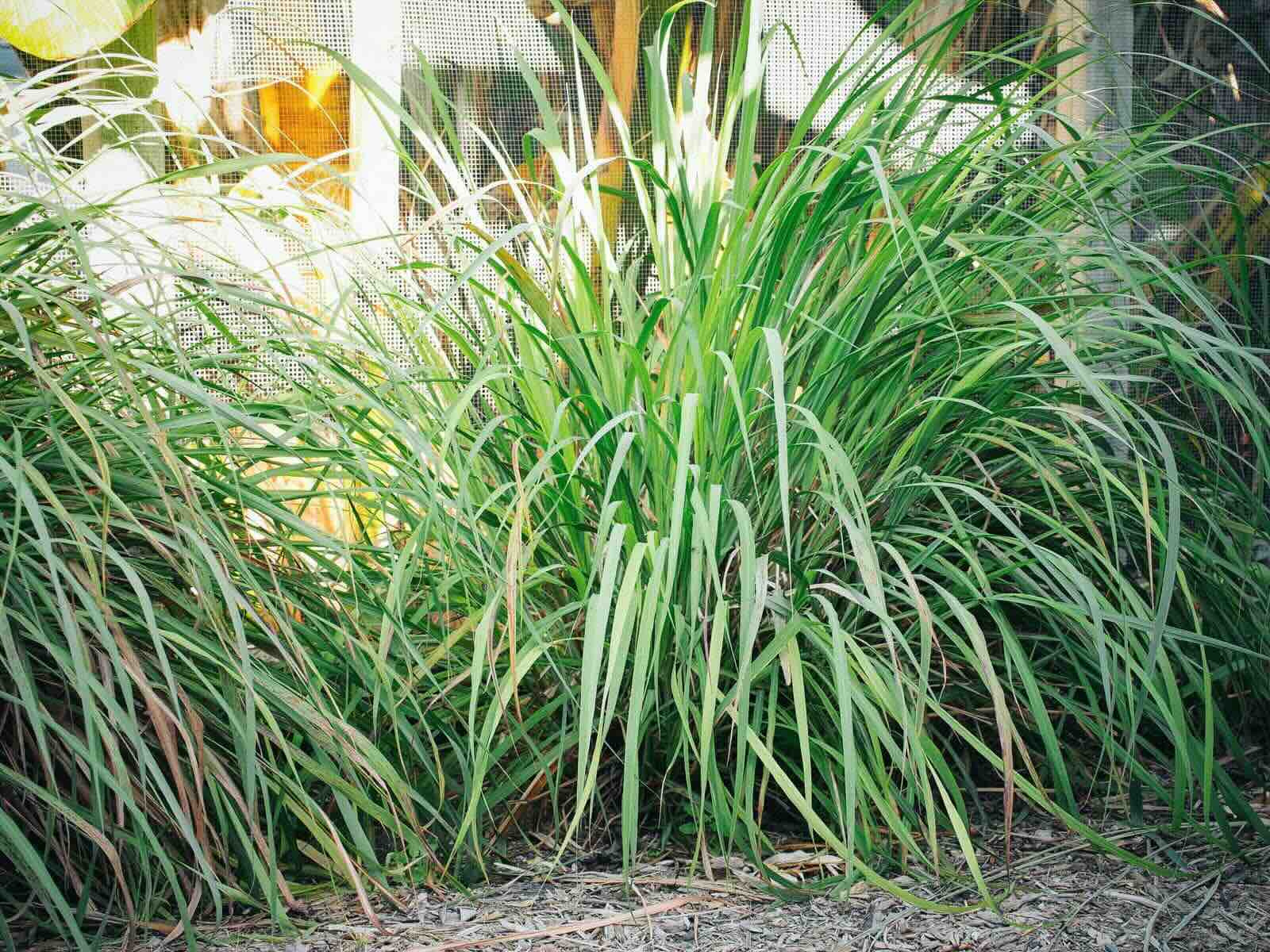
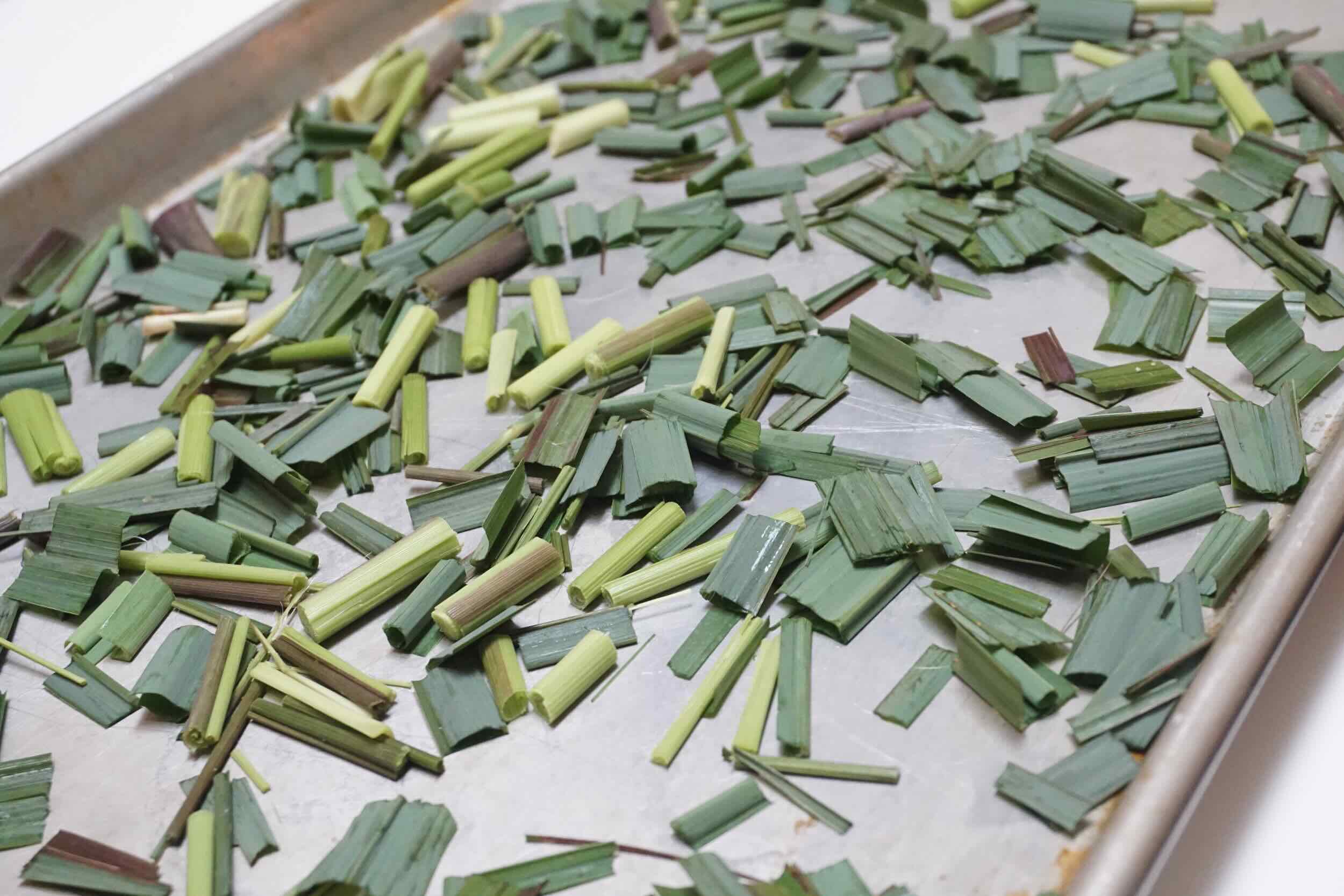
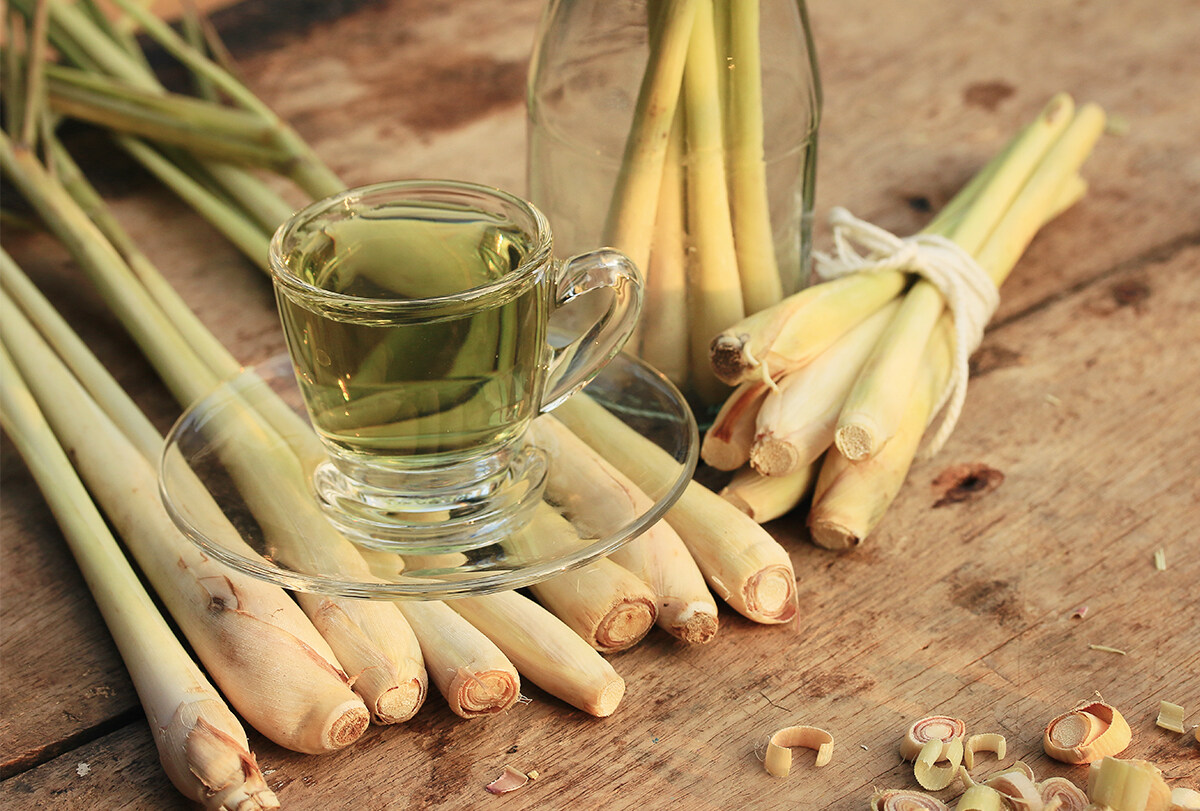
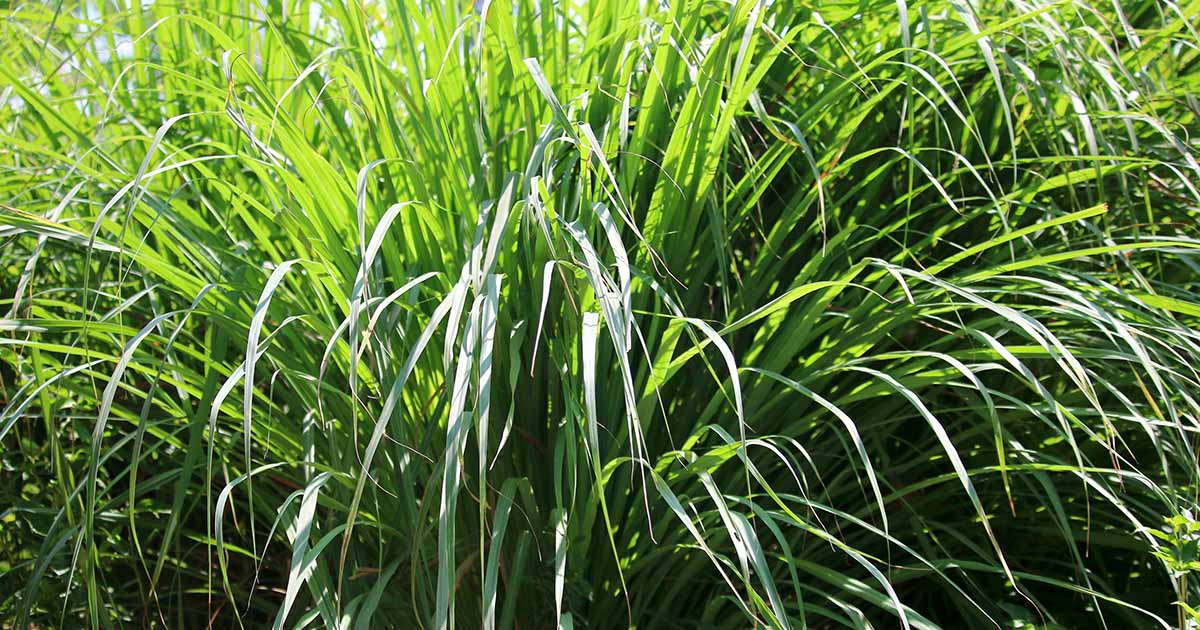
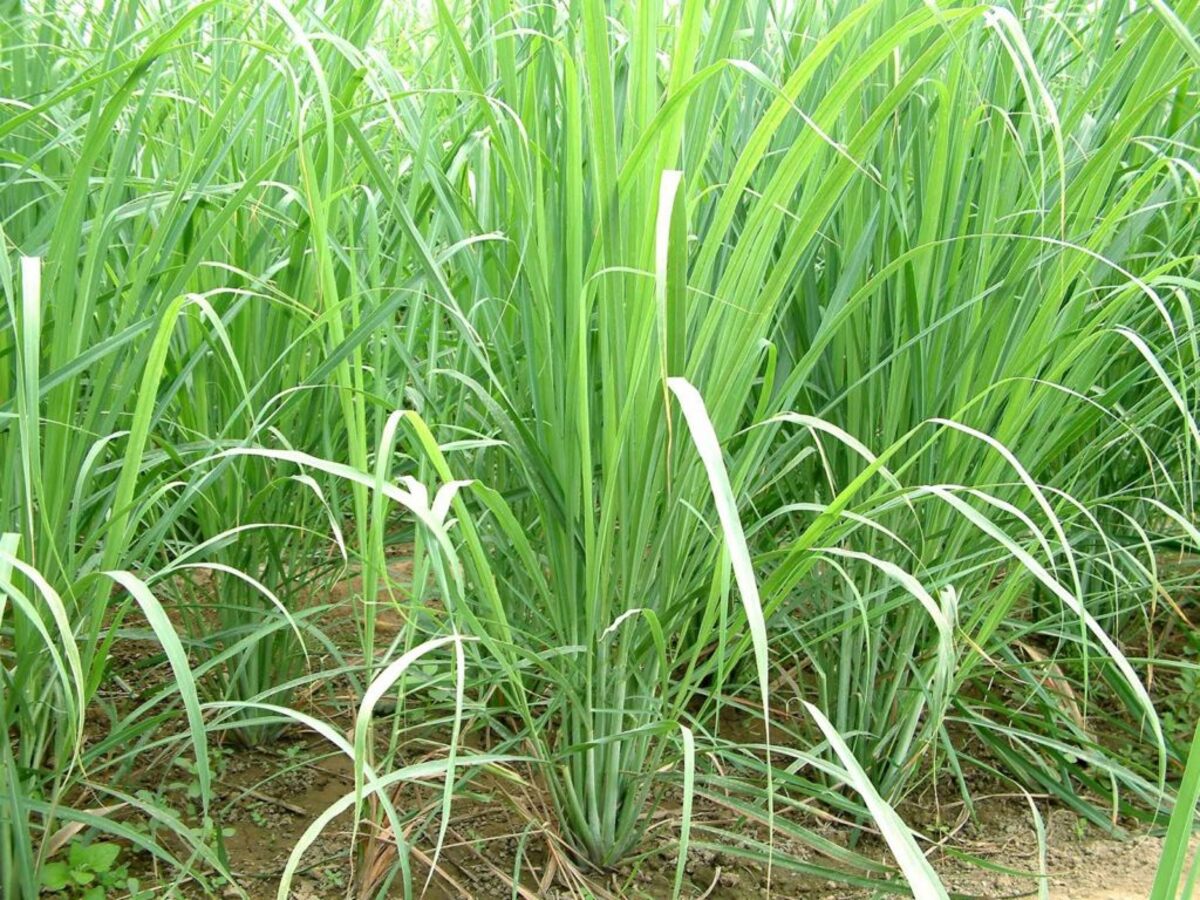
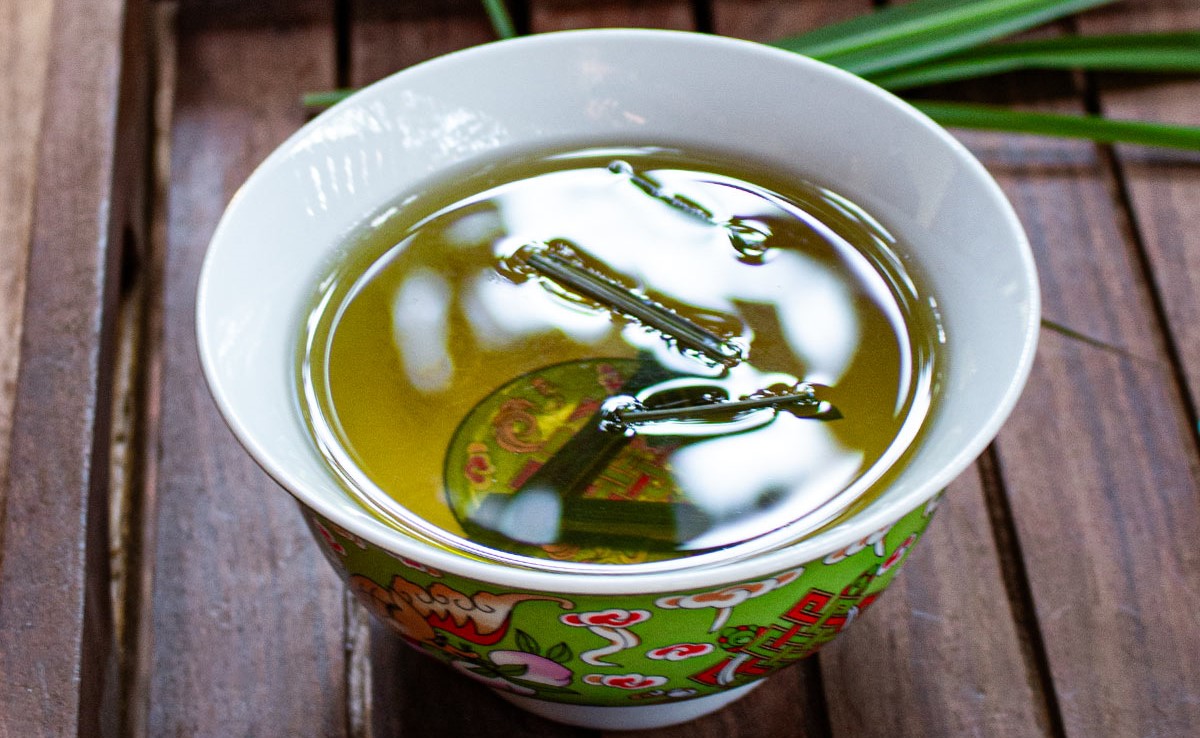
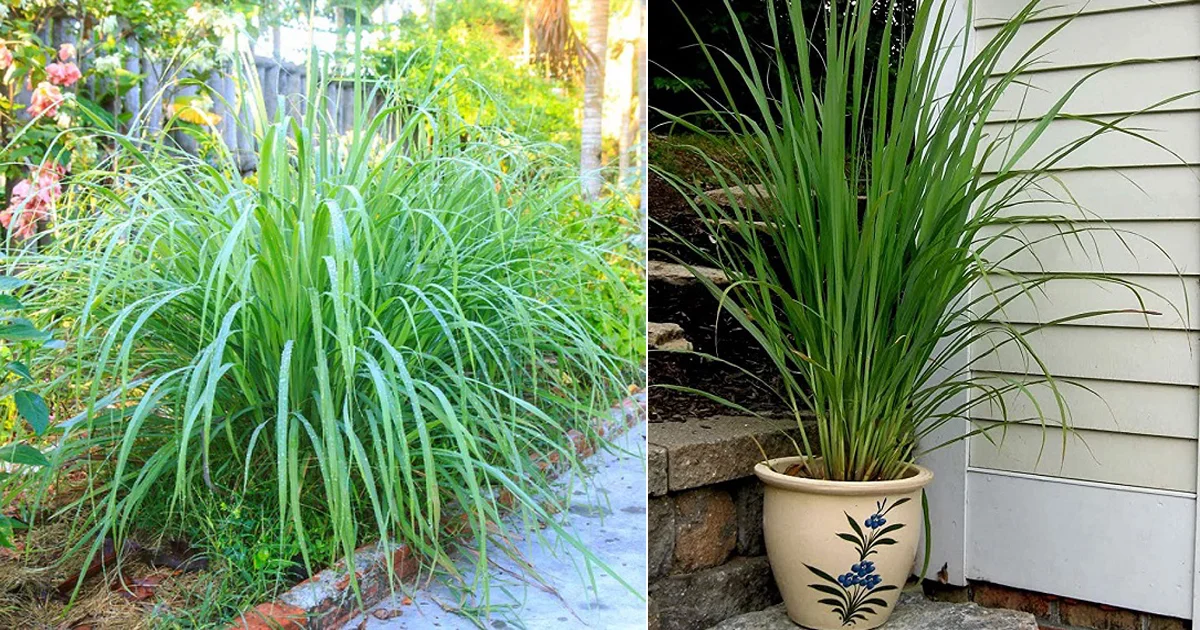
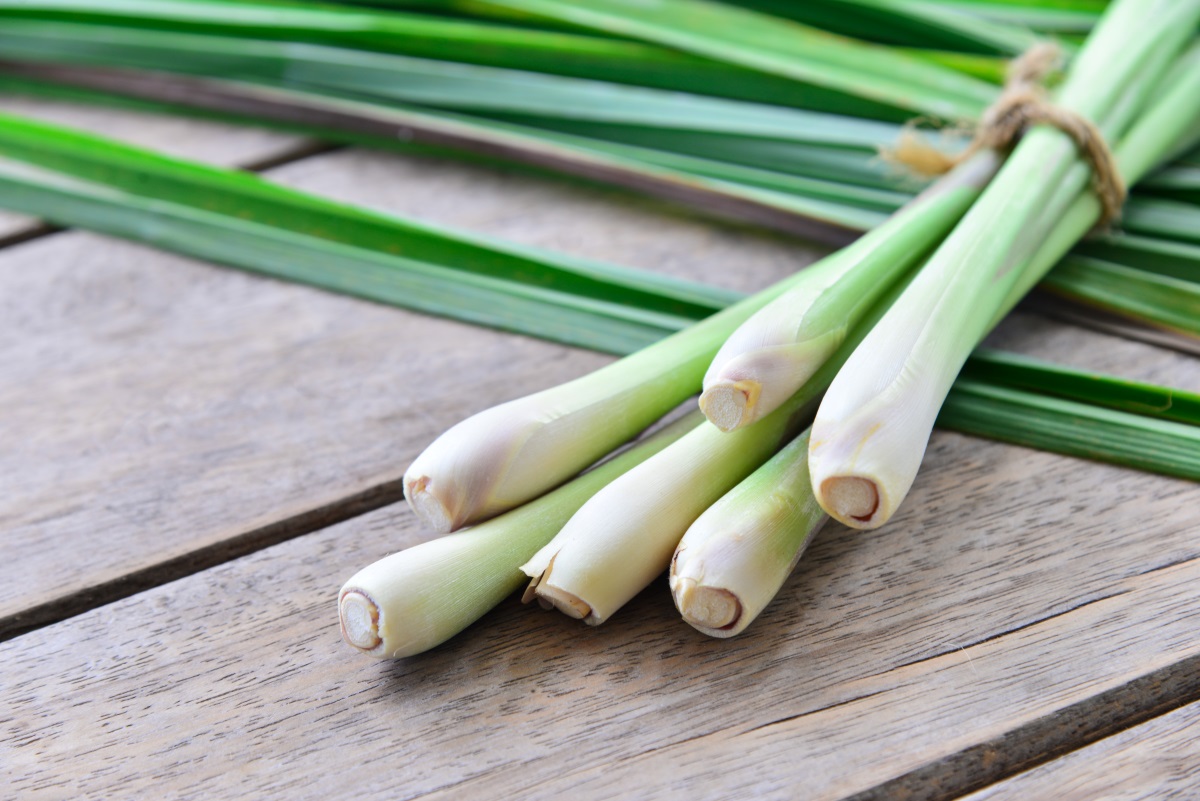
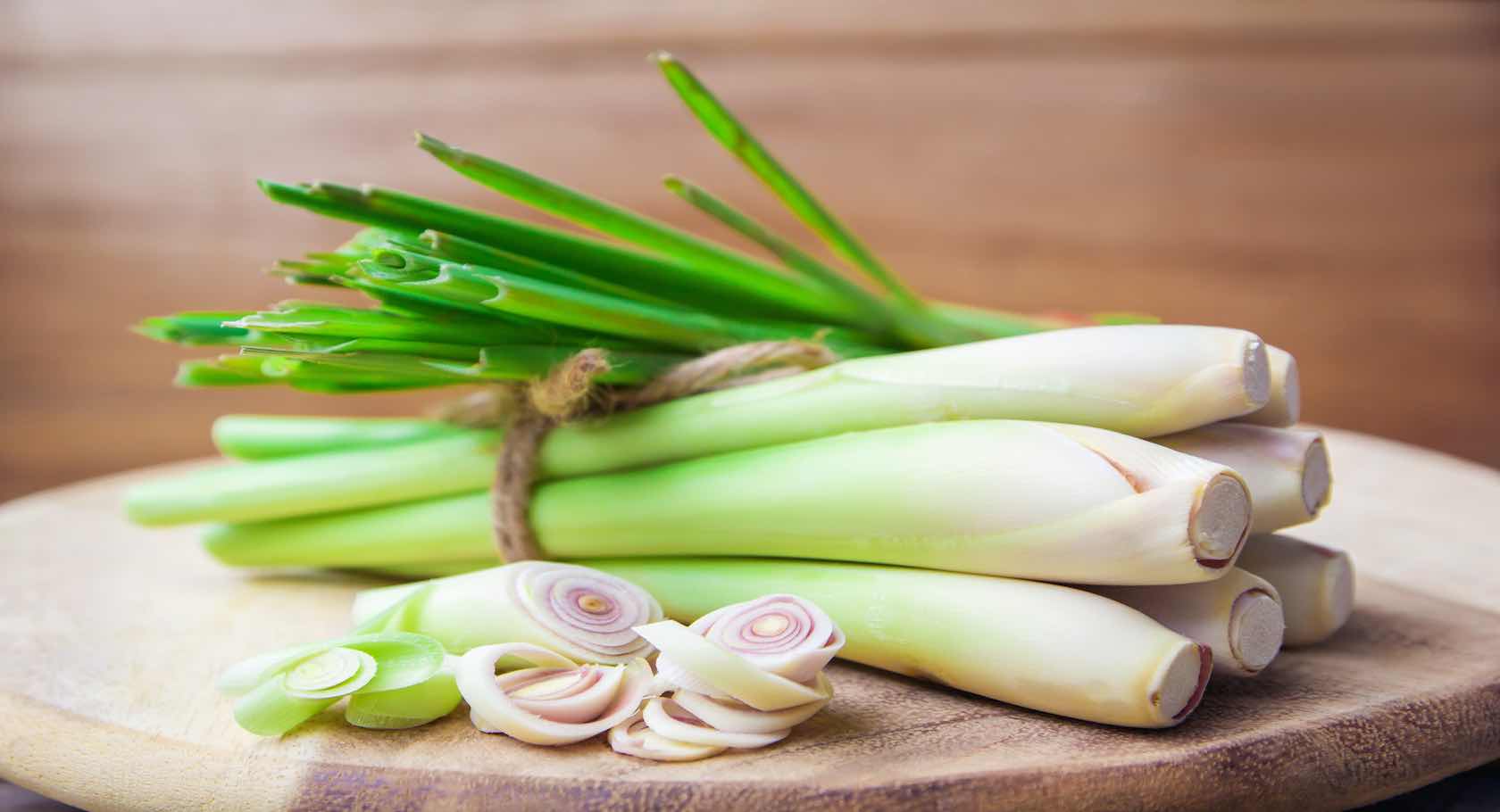
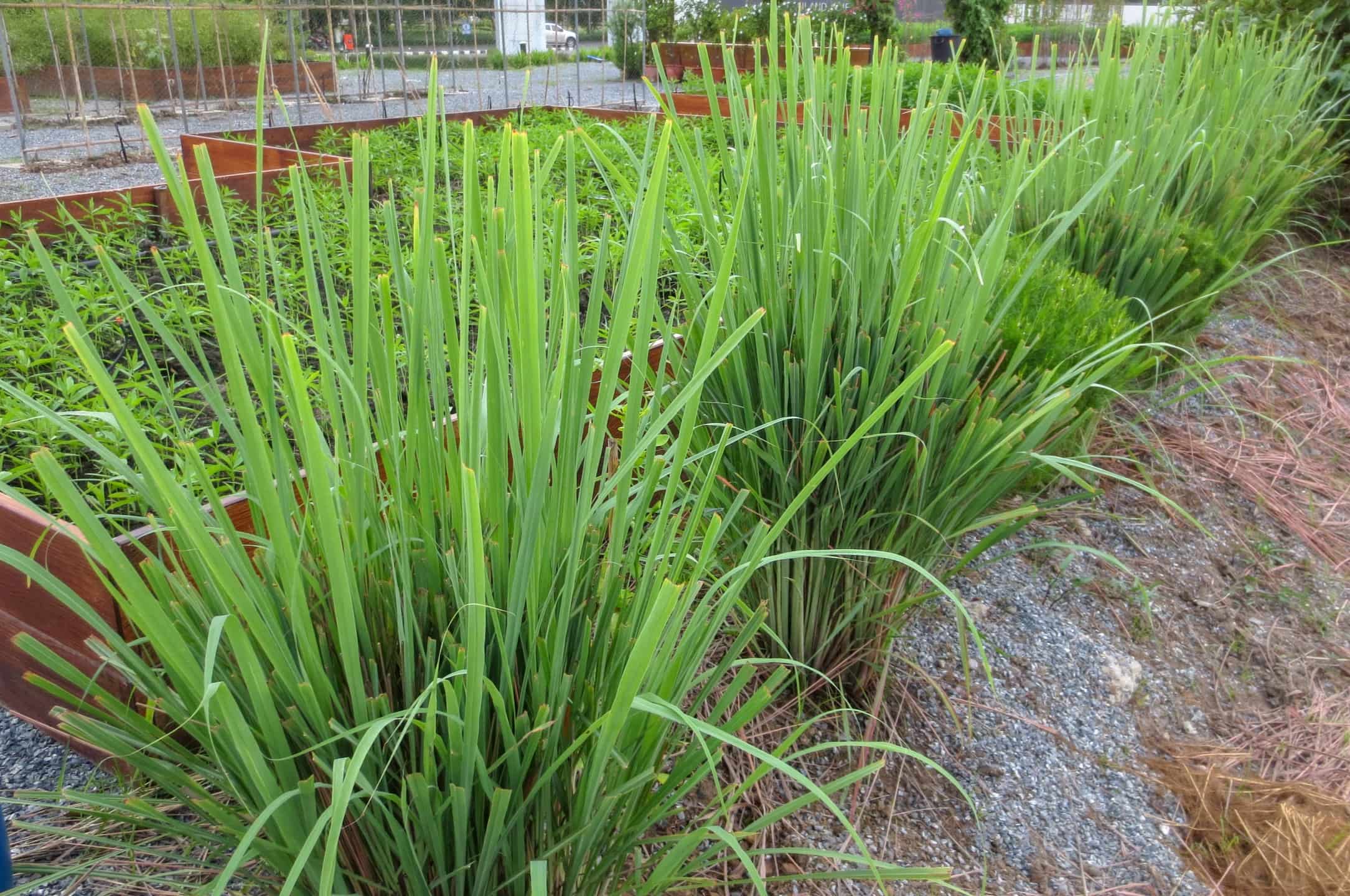
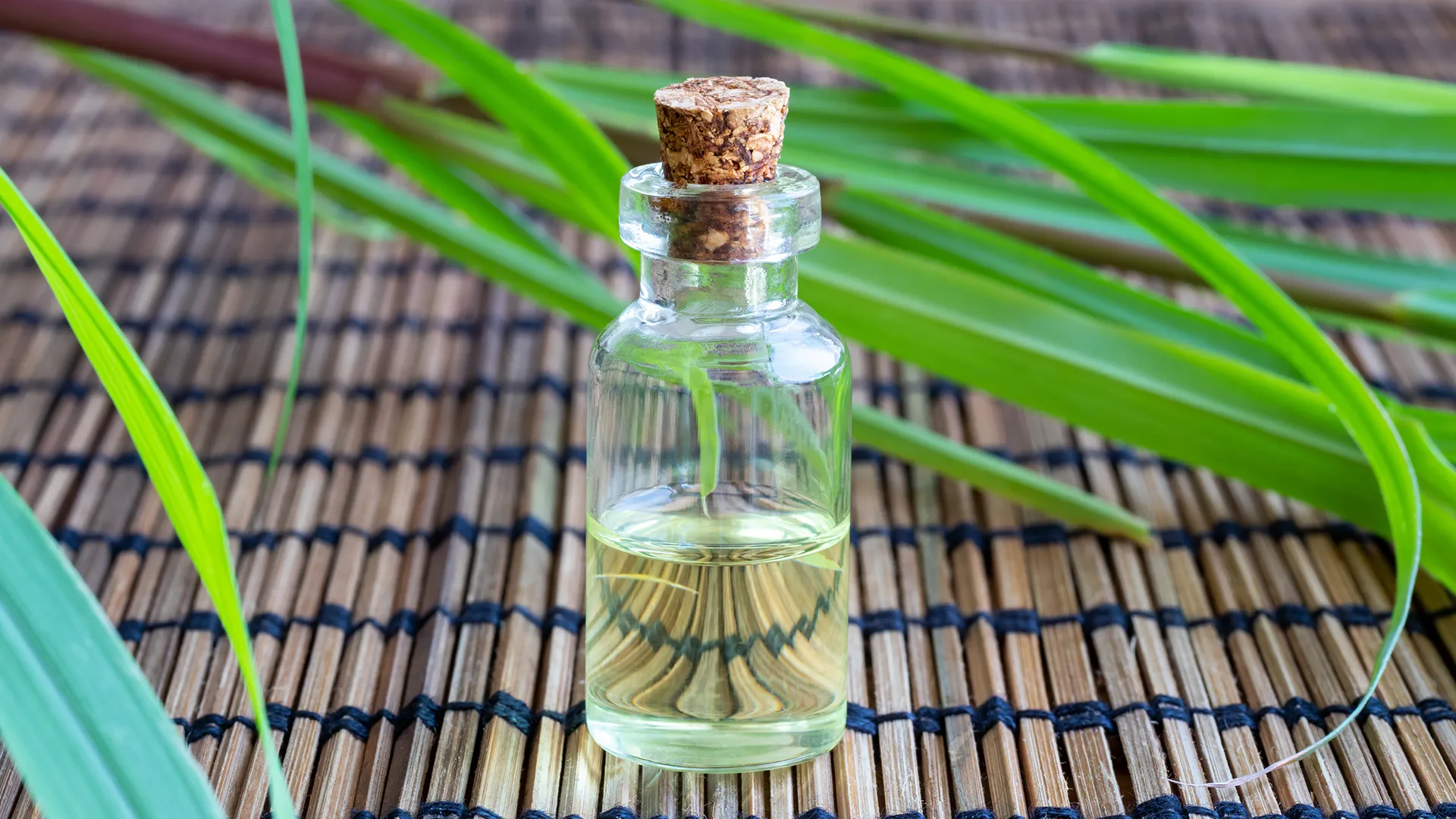
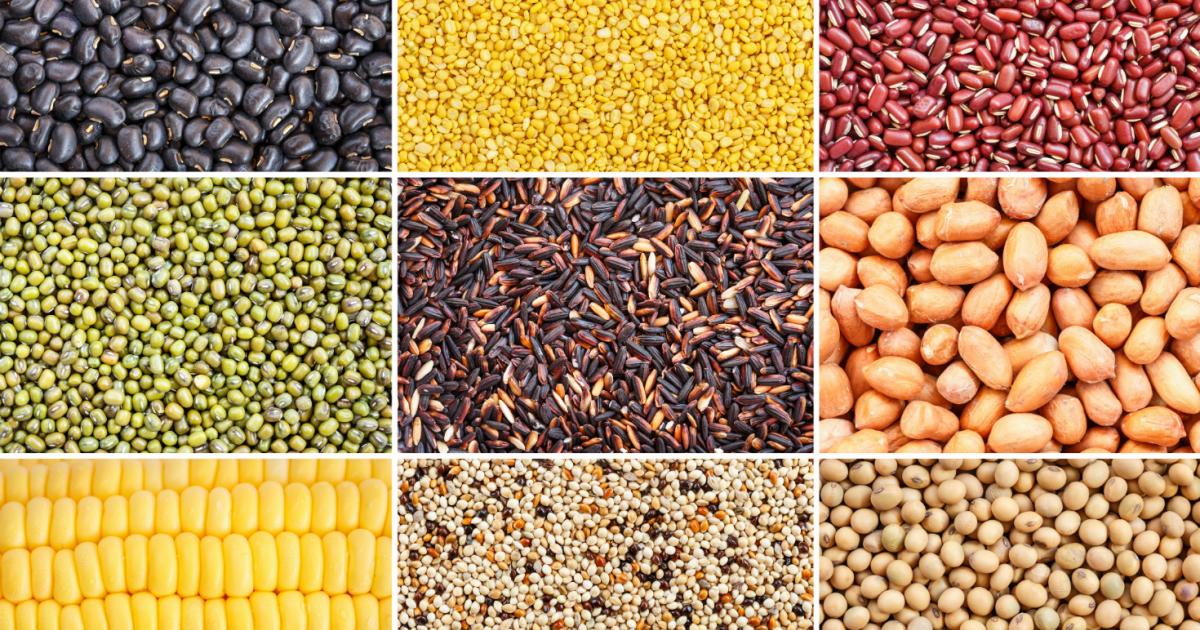


0 thoughts on “What To Do With Lemongrass”